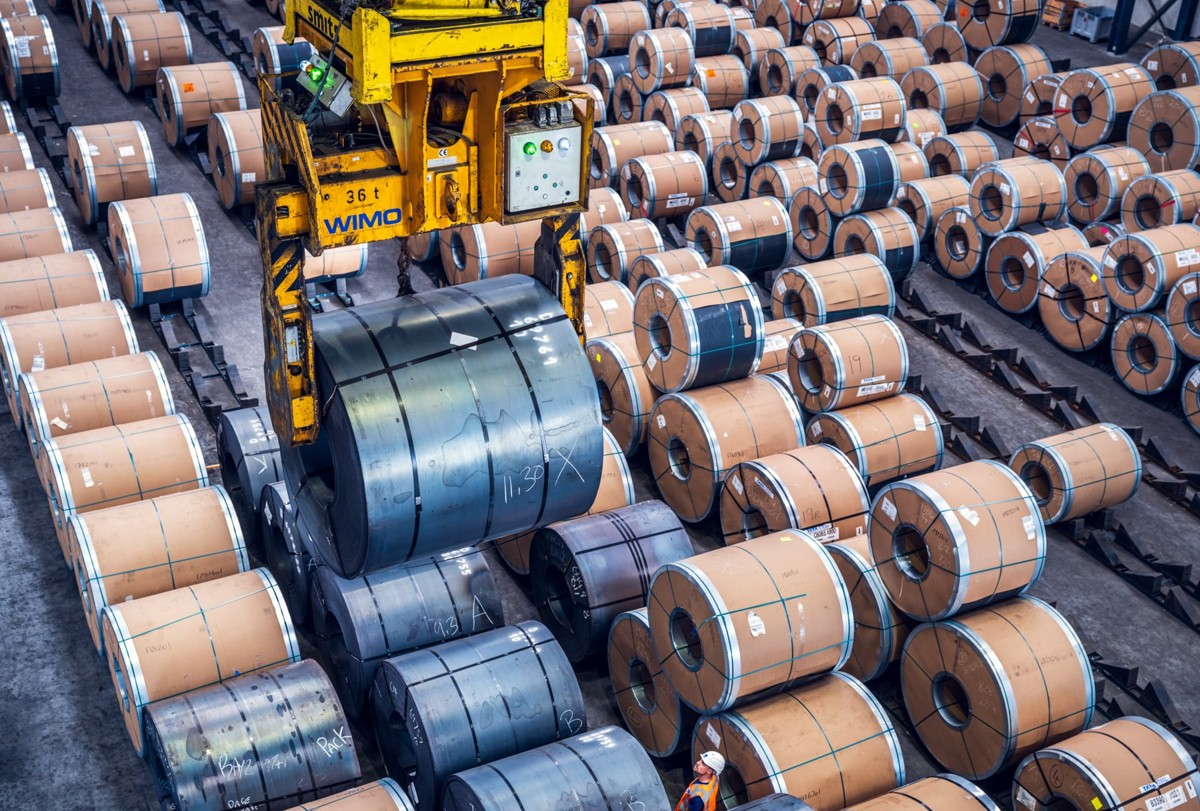Market Data

May 28, 2015
China Currency “No Longer Undervalued” Says IMF
Written by Sandy Williams
The International Monetary Fund says the China’s currency is “no longer undervalued” after being labeled “modestly undervalued” for the past several years.
According to a Tuesday statement by IMF, “While undervaluation of the renminbi was a major factor causing the large imbalances in the past, our assessment now is that the substantial real effective appreciation over the past year has brought the exchange rate to a level that is no longer undervalued.”
In the past year the yuan, or renminbi, has gained value against most currencies and rose almost 0.6 percent against the U.S. dollar. China has been promoting the yuan as a global reserve currency for central banks as an alternative to the dollar.
IMF is urging Beijing to be more flexible with its exchange rate to avoid “disorderly market conditions or excessive volatility.”
“We urge the authorities to make rapid progress toward greater exchange-rate flexibility, a key requirement for a large economy like China’s that strives for market-based pricing and is integrating rapidly in global financial markets,” said David Lipton, First Deputy Managing Director of IMF.
Lipton cautioned that the new assessment of the yuan is based on current Chinese productivity and is subject to change.
“It is a judgment about this moment, and may change in the future,” he said. “China’s productivity is growing, and probably growing more rapidly than the rest of the world. Every currency has to adjust to the differentials in productivity.”
IMF advised China to level the playing field between state-owned enterprises and private firms and address growing debt levels—a process that is moving too slowly said Lipton. IMF expects Chinese economic growth to be 6.8 percent this year before slowing to 6.25 percent in 2016. The government target for 2015 is 7 percent.
“If incoming data suggest that growth is likely to exceed 7 percent, the authorities should take advantage of the opportunity to reduce vulnerabilities faster,” the IMF said. “If instead growth looks set to dip below 6.5 percent, then fiscal policy should be eased.”
Economists are skeptical that China can comply given its fixation on growth targets and generating employment.
US Steel manufacturers have complained of China currency manipulation that keeps the yuan artificially low and creates an unfair advantage for Chinese steel imports. Changing the valuation of the yuan could affect U.S. initiatives to address unfair currency levels.
The American Iron and Steel Institute disagrees with IMF’s assessment of China’s currency.
“We respectfully disagree with the IMF’s assessment that China’s currency is no longer undervalued,” said Thomas J. Gibson, AISI president and CEO. “China continues to intervene directly in foreign exchange markets to control the value of the yuan versus the U.S. dollar. This practice is causing tremendous damage to our nation’s manufacturing sector including the steel industry. We agree with the U.S. Treasury Department, which has once again confirmed that the Chinese currency remains ‘significantly undervalued.’ ”







